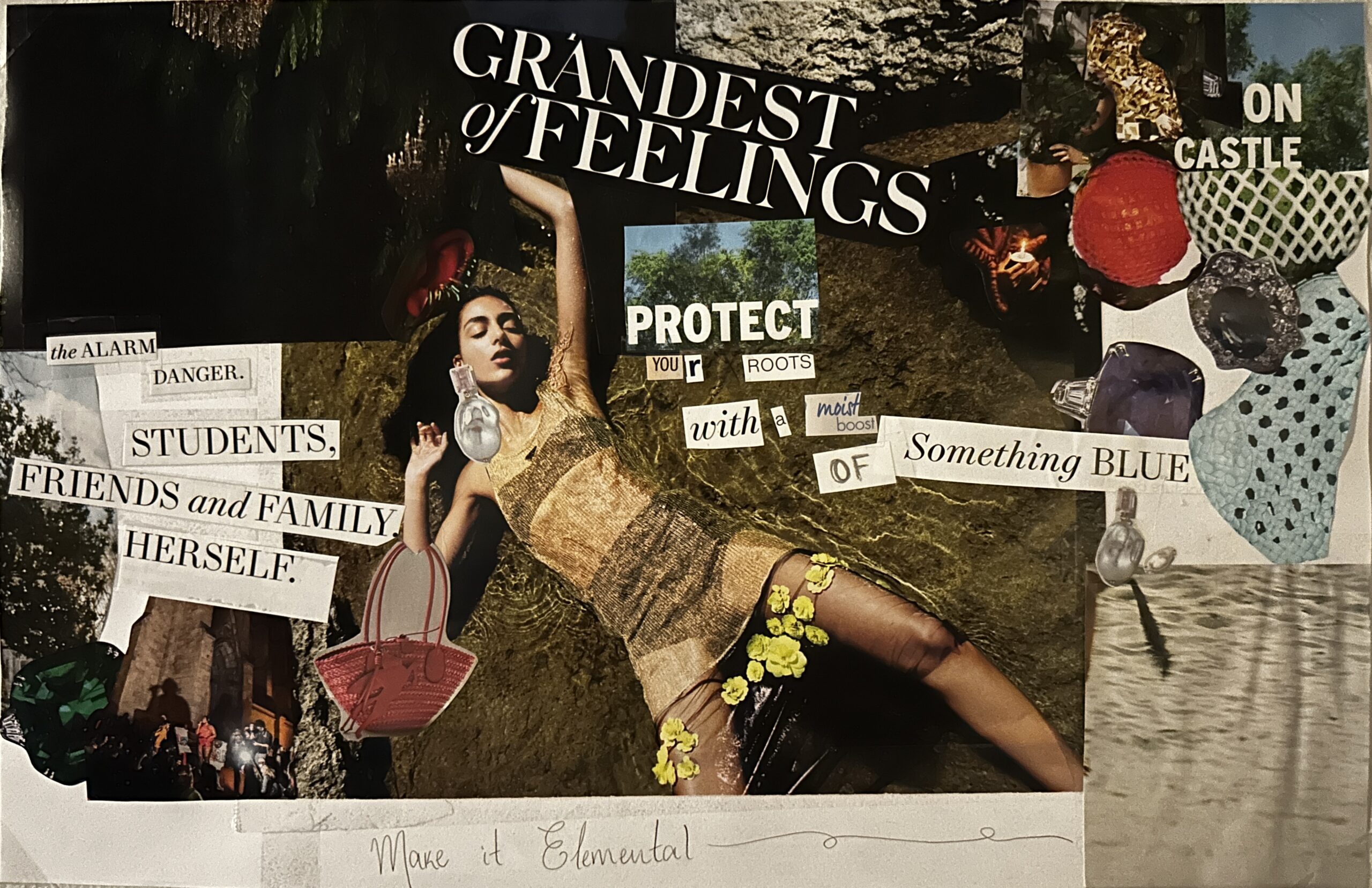Eyman explains the relationship between digital and visual rhetoric, highlighting how both broaden the application of rhetorical theory beyond conventional oral and written argumentation. Digital rhetoric expands its breadth and harmonizes with several disciplines by incorporating elements from art, graphic design, psychology (such as gestalt theory), and other technological domains like computer science and game design. Through common theoretical frameworks and methods, this interdisciplinary approach not only enhances each field but also encourages innovation in practice. Essentially, the incorporation of visual rhetoric into digital rhetoric creates new opportunities for the research and application of rhetoric in a variety of circumstances, leading to a more comprehensive knowledge of communication in modern times.
In today’s society, it involves analyzing and using elements, such symbols and images, to convey messages and persuade people. In a visually-oriented, increasingly digital world, visual rhetoric is essential for shaping public opinion, influencing consumer behavior, and disseminating information.
Visual content is a key component of platforms like YouTube, TikTok, and Instagram’s user engagement strategies. Visual rhetoric can come in different forms. The way these platforms are designed, the methods influencers and brands use to successfully convey messages through pictures and videos,
Eyman also analyzes the interrelationship between visual and digital rhetoric, highlighting how different but related these ideas are. Although engaging with digital rhetoric requires digital literacy, visual rhetoric is a distinct collection of techniques and theories. But they both similarly use rhetoric as a common theoretical framework to draw from a variety of subjects and specialties. This parallelism highlights the interdisciplinary character of the two. It illustrates the ways in which they overlap and enhance one another in modern communication practices.
I’ll end my tangent by saying that visual rhetoric is extremely important in today’s society. The significance of images, symbols, and visual components is huge. It influences public opinion and delivers compelling messages through our digital and visually oriented world. Disciplines including advertising, political communication, news media, cultural representation, and activism are all enriched and intersected by visual rhetoric. Its effects include various discourses like, news reporting, cultural representations, and influencing our understanding and reactions to the growing world.





Leave a Reply